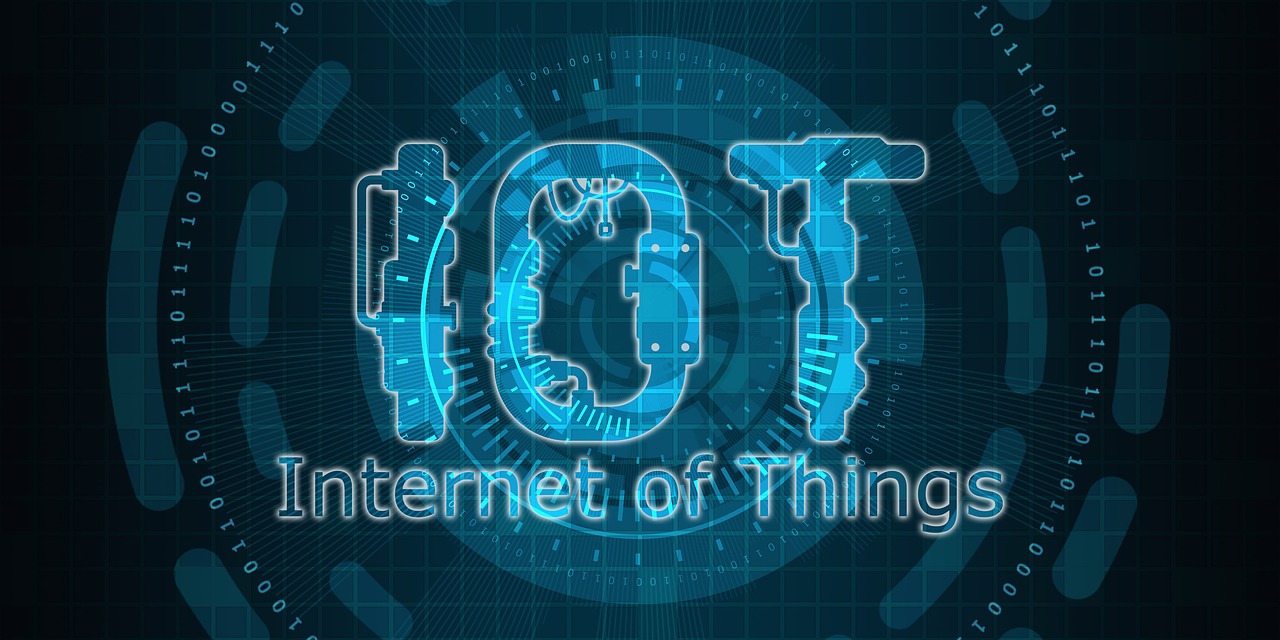
Trend #7: Proliferation of IoT Devices
This is the last of a seven-part blog series on the latest technology trends in hazardous area operations.
Trend #7: Proliferation of IoT Devices
The Internet of Things (IoT) encompasses connected devices that gather information, analyze it, communicate it with other devices via the internet, and create actions based on that data, often with benefits for increased efficiency and cost savings. By 2025, there are expected to be more than 64 billion IoT devices,[1] and some form of IoT will be included in more than half of all major new business processes and systems by 2020, according to Gartner.
Collecting data with IoT-enabled devices and sharing it in near real-time with personnel in hazardous environments can bring important advantages to manufacturing and other time-sensitive industries. Normally, edge devices, like IoT sensors, collect large amounts of data and transmit it to the cloud, where it is then processed. But in some operations, massive amounts of data are collected, yet only anomalies or specific pieces of data need to be reported. Millions or billions of data points are being collected but not acted upon.
In cloud-restricted hazardous environments - some offshore oil and gas operations, for example – IoT sensors can collect myriad data and then transfer it to a local device that compiles the data and sends periodic reports to a data/storage center or cloud. This local data processing greatly reduces backlog and allows IoT devices to not be constantly connected to the cloud. This helps to reduce cost and the sheer amount of data traveling across a network, including data from legacy systems that is also being incorporated into IoT platforms.[2]
IoT devices in hazardous manufacturing environments can help:
- Reduce downtime with predictive maintenance: IoT sensors can monitor production flow and detect anomalies to forewarn potential issues. IoT sensors can also send condition-based maintenance alerts for Real-time data from IoT devices can alert technicians to act to prevent mechanical problems and downtime.
- Increase safety: IoT devices, including sensors and wearable, can share urgent information and also monitor personnel behaviors that may lead to accidents or equipment malfunction. Monitoring KPIs for injuries, incidents, damage, etc. can help improve overall safety and security in daily operations.
- Optimize supply chain: Asset tracking and fleet management can be streamlined with the IoT management of data about each asset and its location.
- Improve inventory management: IoT devices can track barcode or RFID tag information, identifying inventory pieces, plus storing information about those pieces, to increase efficiency and maintain optimal supplies.
Contact Aegex Technologies to learn how our intrinsically safe mobile and IoT solutions can help connect your people, assets and information in real time for improved efficiency, safety and productivity in hazardous environments.
[1] https://www.businessinsider.com/internet-of-things-report
[2] https://www.accenture.com/us-en/blogs/blogs-top-tech-trends-oil-gas-2019
